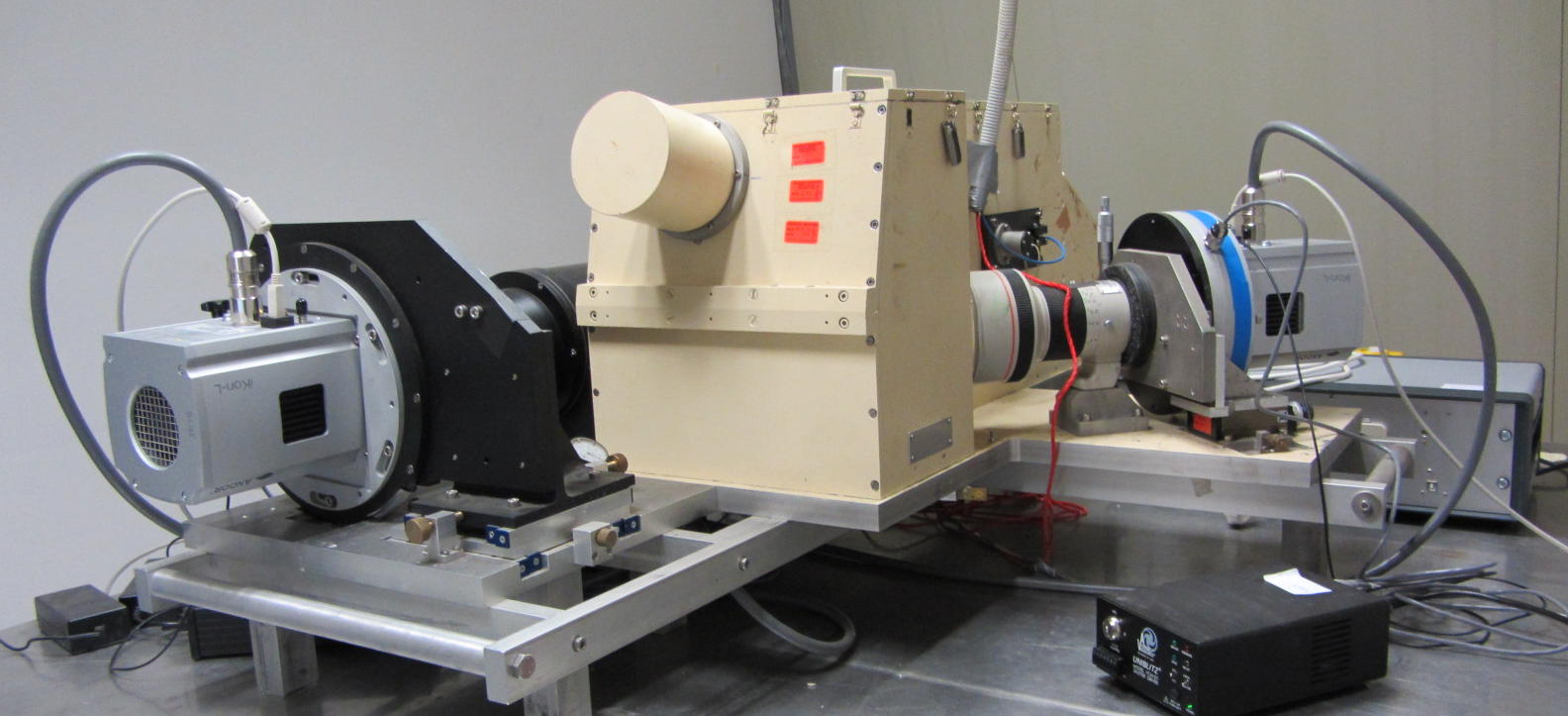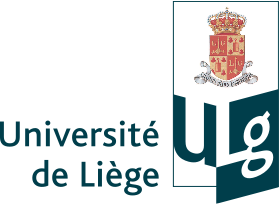TIGRE Telescope
Spectrograph

The spectrograph
The only HRT instrument is the fibre-fed spectrograph HEROS of the Landessternwarte Heidelberg. It was modernized in the following components:
Replacement of the old LN2 cooled CCD cameras by ANDOR cameras with termoelectric cooling,
Replacement of the red cross-disperser by a new grating which is blazed to 750nm
Type: Echelle
Spectral range: 350-560nm (blue channel) and 580-880nm (red channel)
Spectral resolution: R=20000
Fibre: Poymicro FBP 0500700085, 50μ core diameter, length 15m, microlense at both sides
CCD camera blue:
iKon-L camera DZ936N-BBB (manufacturer Andor (Belfast)); chip E2V 42-40 BI AIMO broad-band; Peltier cooling -100 C
CCD camera red:
iKon-L camera DZ936N-BV; chip E2V 42-40 BI AIMO mid-band; Peltier cooling -100 C
 The ''new'' HEROS at a separate room in the HRT building at La Luz
The ''new'' HEROS at a separate room in the HRT building at La Luz
Telescope to spectrograph adapter
The adapter is the interface between the telescope and the spectrograph. Its main functionalities are feeding of light into the fibre to the spectrograph and holding the stellar image on the fibre entrance. The original Heidelberg adapter was modernized in order to allow robotic spectroscopic observations. Te details are:Installation of a SBIG-ST7 camera for the star acquisition.
Installation of a Pellicle beam splitter plus a second ST7 with neutral filters as guiding unit.
Installation of a new fibre holder unit.
Computer controlling of all positioning elements.
 The adapter at the telescope. A: Nasmyth platform oft the telescope. B: Adapter. C: Hose containing the fibre
The adapter at the telescope. A: Nasmyth platform oft the telescope. B: Adapter. C: Hose containing the fibre


